Konark Interpretation Centre by Indian Oil Foundation - Must visit place before exploring The Konark Sun Temple, Odisha
Preserving the Past, Illuminating the Present, and Enriching the Future
India's cultural heritage is a tapestry woven with centuries of history, tradition, and artistic brilliance. Among its many treasures, the Konark Sun Temple stands as a testament to the country's architectural and artistic excellence. Nestled on the eastern coast, the temple is a marvel of ancient engineering, dedicated to the sun god Surya. To further enrich the experience of visitors and foster a deeper understanding of this heritage site, the Indian Oil Foundation has established the Konark Interpretation Centre – a hub of knowledge and exploration.
Unveiling the Konark Interpretation Centre:
The Konark Interpretation Centre, a project initiated by the Indian Oil Foundation, serves as a bridge between the past and the present. This innovative center is more than just a museum – it's a space that provides visitors with a holistic understanding of the Sun Temple's historical, cultural, and architectural significance. Opened to the public with the noble intention of preserving and promoting India's rich heritage, the center combines education, engagement, and inspiration to create a unique experience for all who enter its doors.
Journey through Time:
As visitors step into the Konark Interpretation Centre, they embark on a journey through time. The center takes them back to the era when the Sun Temple was constructed, offering insights into the architectural techniques, engineering marvels, and artistic intricacies that defined that period. Through immersive exhibits, multimedia presentations, and interactive displays, visitors can learn about the temple's layout, its symbolism, and the cultural context in which it was built.
Learning and Enlightenment:
One of the primary objectives of the Konark Interpretation Centre is to educate visitors about the history, architecture, and cultural importance of the Sun Temple. With well-curated displays and informative panels, the center sheds light on the intricate carvings that adorn the temple's walls, each telling a story from Hindu mythology. Visitors can also delve into the technology and engineering feats achieved by the architects of that time, marveling at their innovative methods of construction.
Cultural Immersion:
The Konark Interpretation Centre goes beyond being a repository of information. It actively engages visitors in the culture of the region through workshops, performances, and cultural events. Traditional dance performances, art exhibitions, and craft workshops give visitors a chance to connect with the living traditions that have been passed down through generations. This approach not only enriches the understanding of the Sun Temple but also helps visitors appreciate the continued vibrancy of India's cultural heritage.
A Glimpse into the Future:
The Indian Oil Foundation's vision for the Konark Interpretation Centre extends beyond the present. By nurturing an appreciation for heritage and culture among the younger generation, the center contributes to the preservation of these invaluable assets. It ignites curiosity and a sense of pride in India's legacy, encouraging future generations to become custodians of their heritage.
The comparison between the human body and a temple is often drawn to illustrate the intricate design, the spiritual significance, and the interconnectedness of both. While they are different in nature, this analogy highlights some thought-provoking similarities:
1. Architecture and Design:
Human Body: The human body is a marvel of complex design and engineering. It comprises various systems, organs, and cells, all working together in harmony to sustain life.
Temple: Temples are often designed with meticulous attention to detail, featuring intricate carvings, symmetrical layouts, and structural integrity to create a sacred space.
2. Holistic Nature:
Human Body: Just as the various systems in the human body are interconnected and interdependent, the physical, mental, emotional, and spiritual aspects of a person are interconnected and contribute to overall well-being.
Temple: A temple serves as a holistic space where spiritual, cultural, and communal aspects converge. It's not just a physical structure but a place of worship, reflection, and connection with the divine.
3. Sanctity and Purification:
Human Body: Concepts of cleanliness, purity, and hygiene are essential for maintaining the health of the body.
Temple: Rituals of purification and cleanliness are often observed before entering a temple to honor its sanctity and create a sense of reverence.
4. Inner Sanctum and Core:
Human Body: The heart can be likened to the inner sanctum of a temple, as it is at the core of the circulatory system, pumping life-sustaining blood throughout the body.
Temple: The inner sanctum of a temple is usually the holiest area, where the main deity's idol or representation resides, symbolizing the spiritual heart of the temple.
5. Connection with the Divine:
Human Body: In various spiritual traditions, the body is considered a vessel for the soul or consciousness. It's through the body's senses and experiences that individuals connect with the world around them.
Temple: Temples are places where individuals seek a connection with the divine, praying, meditating, and engaging in rituals to enhance their spiritual connection.
6. Symbolism and Meaning:
Human Body: Different parts of the body are often used metaphorically to express emotions, traits, or ideas (e.g., "the heart symbolizes love").
Temple: Architectural elements and symbols within a temple often carry deep meanings, representing cosmic forces, deities, and the cycle of life.
7. Care and Maintenance:
Human Body: Proper care, nutrition, and exercise are essential for maintaining a healthy body.
Temple: Regular rituals, maintenance, and preservation efforts are necessary to ensure the longevity and spiritual significance of a temple.
In drawing these comparisons, it's important to note that while the analogy provides insights, it's not meant to reduce the complexity of the human body or the depth of spiritual experiences to a simple metaphor. Both the human body and temples hold unique value in their own right, embodying the physical and spiritual dimensions of human existence and culture.
The Vimana of the Lingaraj Temple is a magnificent and intricately designed structure that represents the sacred abode of Lord Shiva, the presiding deity of the temple. The Lingaraj Temple is located in Bhubaneswar, Odisha, India, and is one of the most revered and iconic temples in the region. The Vimana, also known as the main tower or shikhara, is a central feature of the temple's architecture.
Key Features of the Vimana of Lingaraj Temple:
Architectural Style: The Lingaraj Temple is a quintessential example of Kalinga architecture, which is prominent in Odisha. The Vimana follows the Rekha Deula style, characterized by its curvilinear design and stepped pyramid form.
Height and Proportions: The Vimana stands tall as the central and most prominent tower of the temple complex. Its verticality is emphasized by its stepped and layered structure. The height and proportions of the Vimana draw the eyes upward, symbolizing a connection between the earthly realm and the divine.
Intricate Carvings: The Vimana is adorned with intricate carvings and sculptures that depict various deities, celestial beings, mythological scenes, and motifs. These carvings are not only ornamental but also carry deep spiritual and symbolic significance.
Decorative Elements: The Vimana's exterior is enriched with ornamental features like niches, pilasters, miniature towers, and reliefs. These elements contribute to the overall visual splendor of the temple.
Amalaka: At the very top of the Vimana, an amalaka stone disc is placed. The amalaka is a circular, ribbed element that serves as both a decorative and stabilizing component.
Symmetry and Precision: The Vimana showcases a remarkable level of symmetry and precision in its design. The arrangement of architectural elements, including pillars, arches, and carvings, follows a balanced and harmonious composition.
Crowning Element: The Vimana is considered the crown of the temple, representing the culmination of the structure's design. It is adorned with several smaller shikharas and pinnacles that enhance its visual complexity.
Religious Significance: The Vimana is not merely a physical structure but holds immense spiritual significance. It symbolizes the divine presence of Lord Shiva and the journey of devotees' souls towards spiritual enlightenment.
Traditional Techniques: The construction of the Vimana involves traditional techniques of temple architecture that have been passed down through generations. Skilled artisans and craftsmen have meticulously crafted every detail of the Vimana.
The Vimana of the Lingaraj Temple is a testament to the artistic brilliance and devotion that went into its creation. Its architectural grandeur and spiritual resonance continue to attract pilgrims, historians, and art enthusiasts alike, making it a cherished cultural heritage site that reflects the rich heritage of Odisha and the deep-rooted reverence for Lord Shiva.
The Konark Interpretation Centre stands as a remarkable example of how a thoughtful initiative can breathe new life into historical treasures. Thanks to the Indian Oil Foundation's dedication and vision, the center serves as a beacon of knowledge, enlightenment, and cultural immersion. By offering visitors a chance to explore the past, understand the present, and shape the future, the center ensures that the legacy of the Konark Sun Temple continues to shine brightly for generations to come.
Related Blogposts :



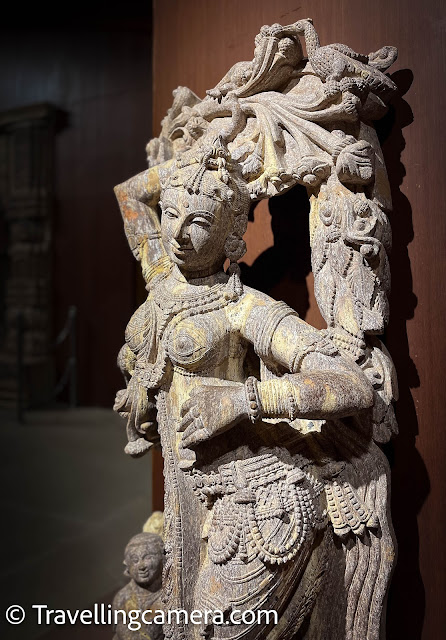

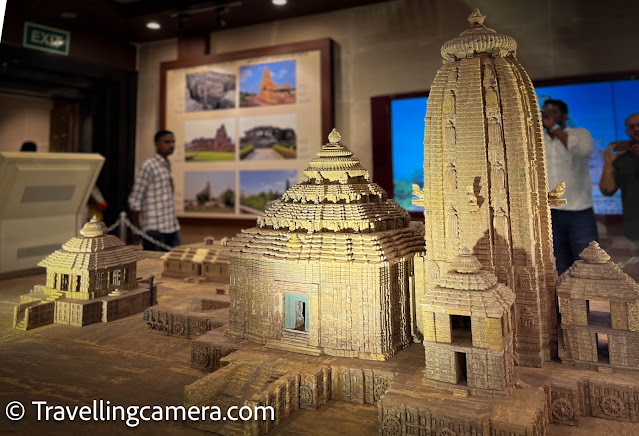
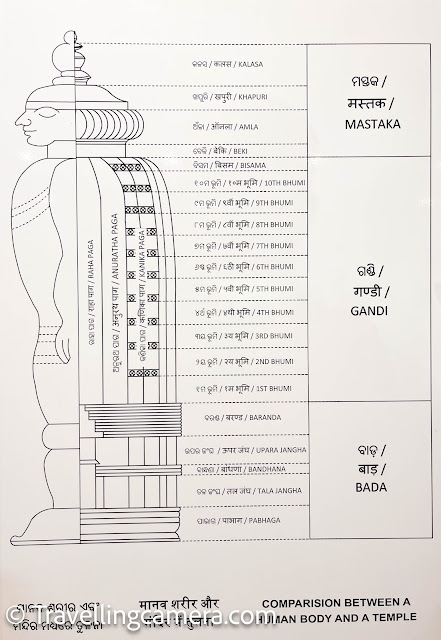

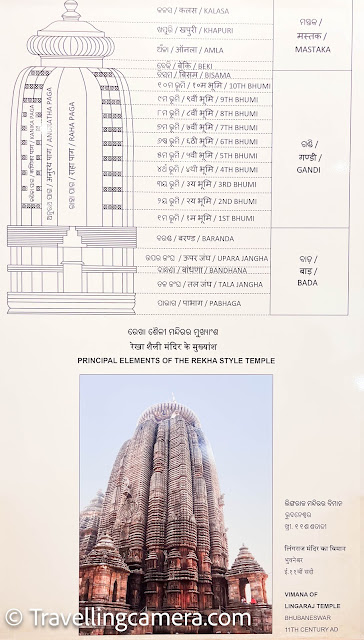
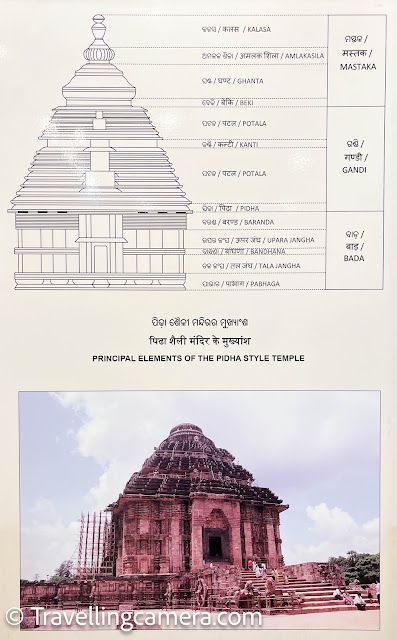
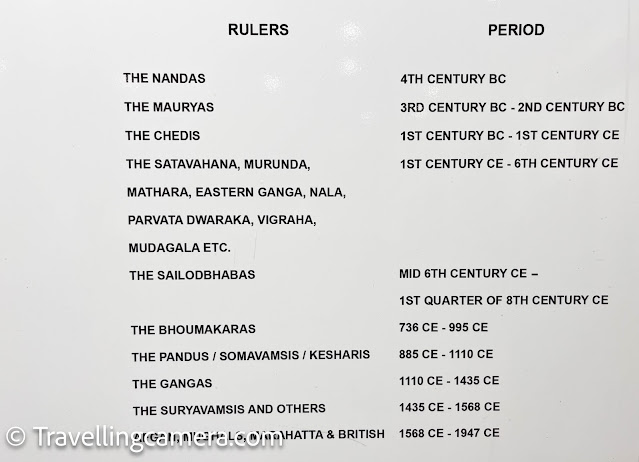

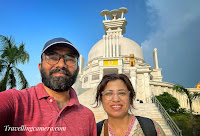
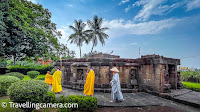



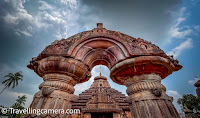




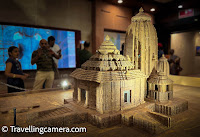









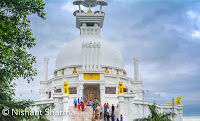




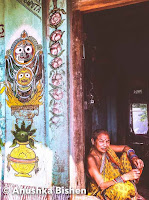

.jpg)
Comments